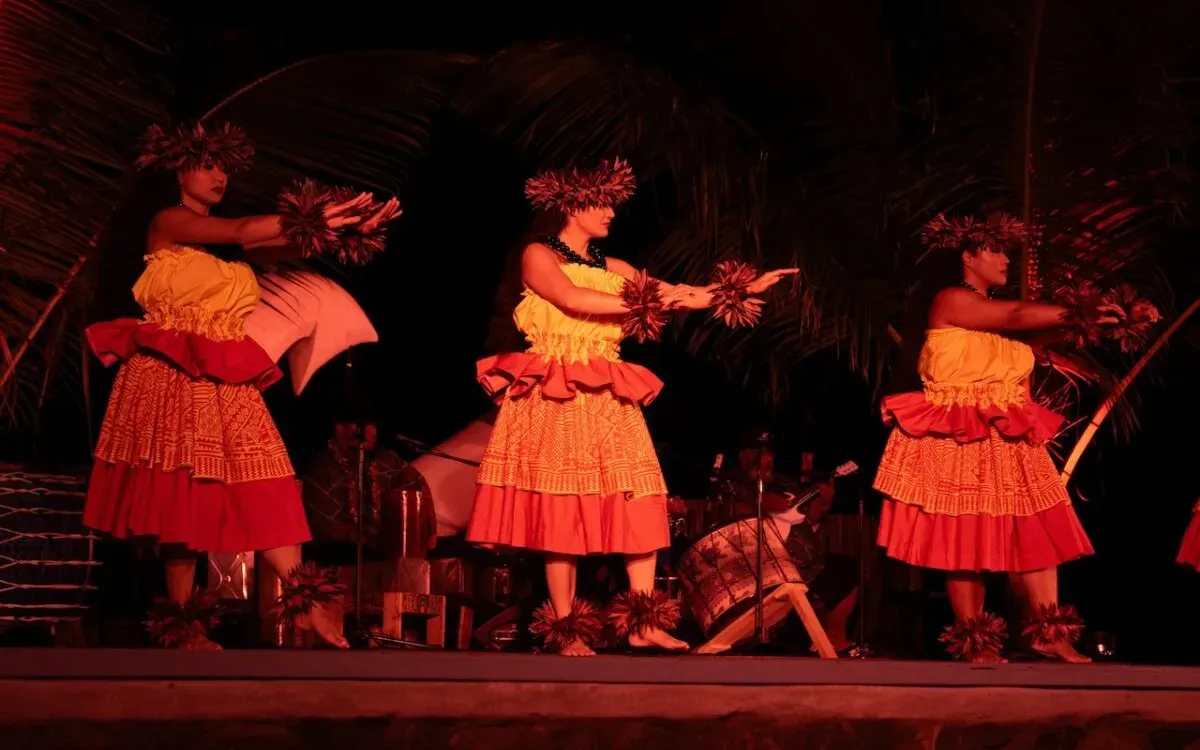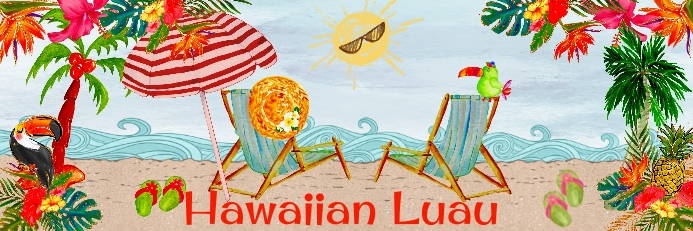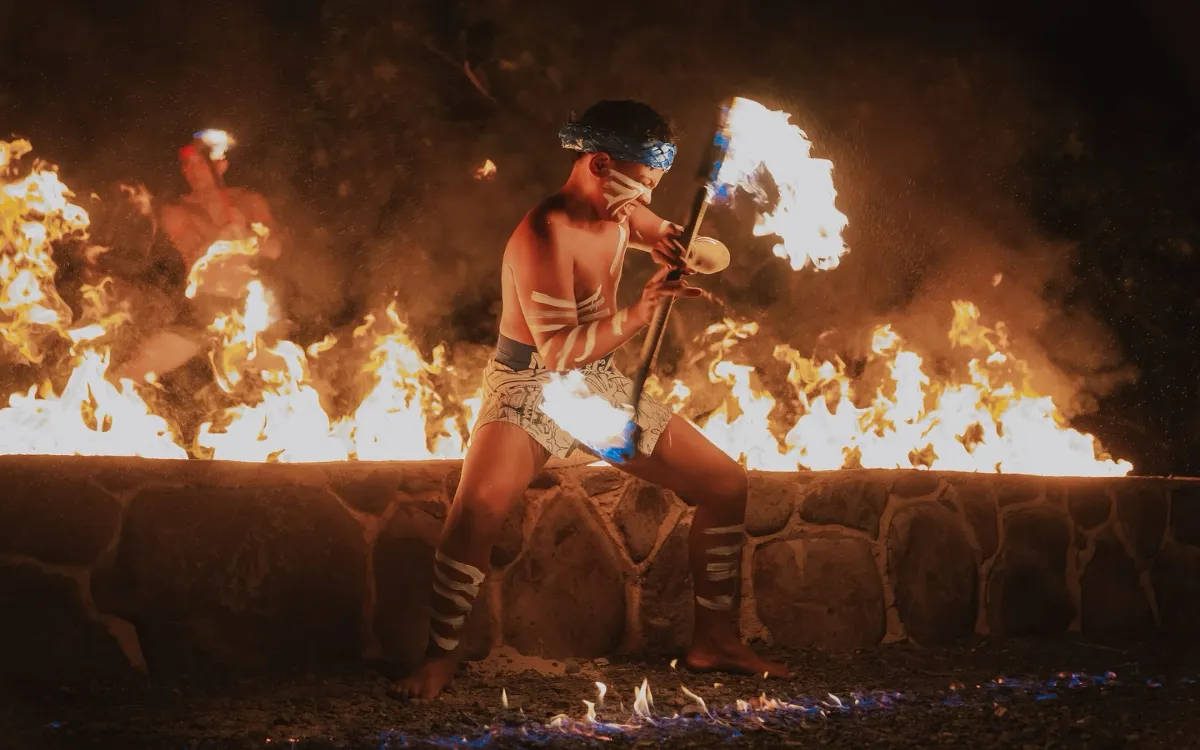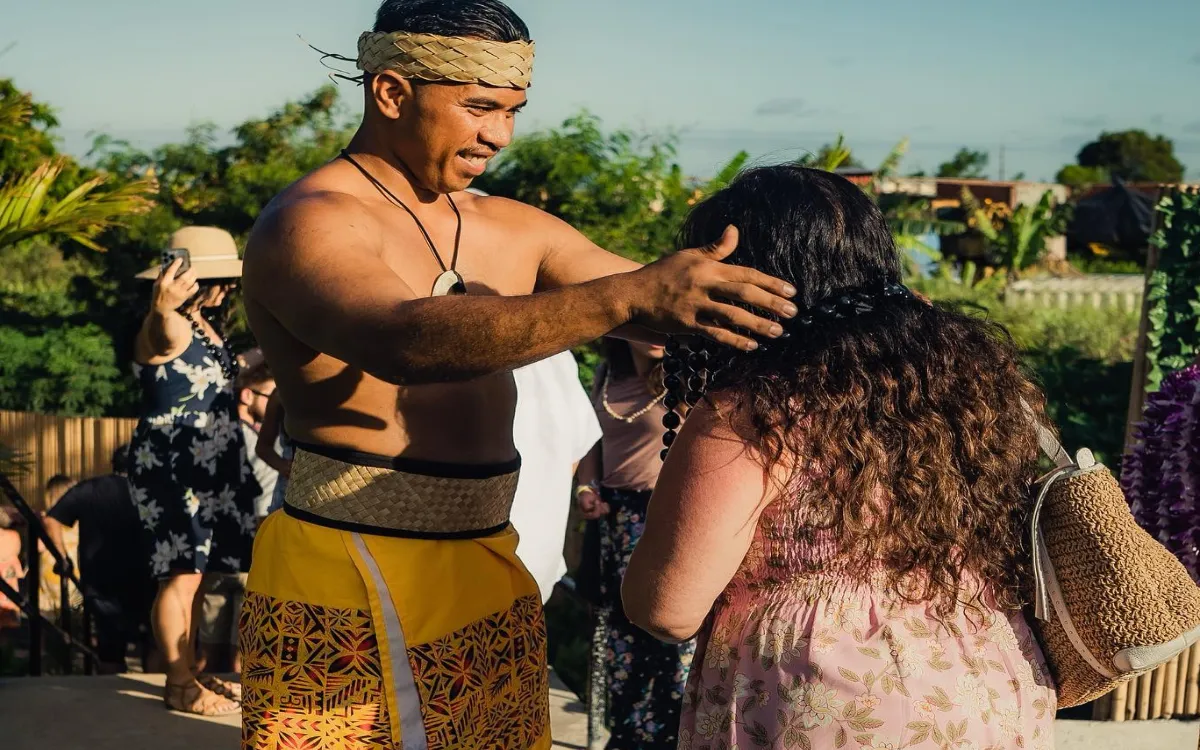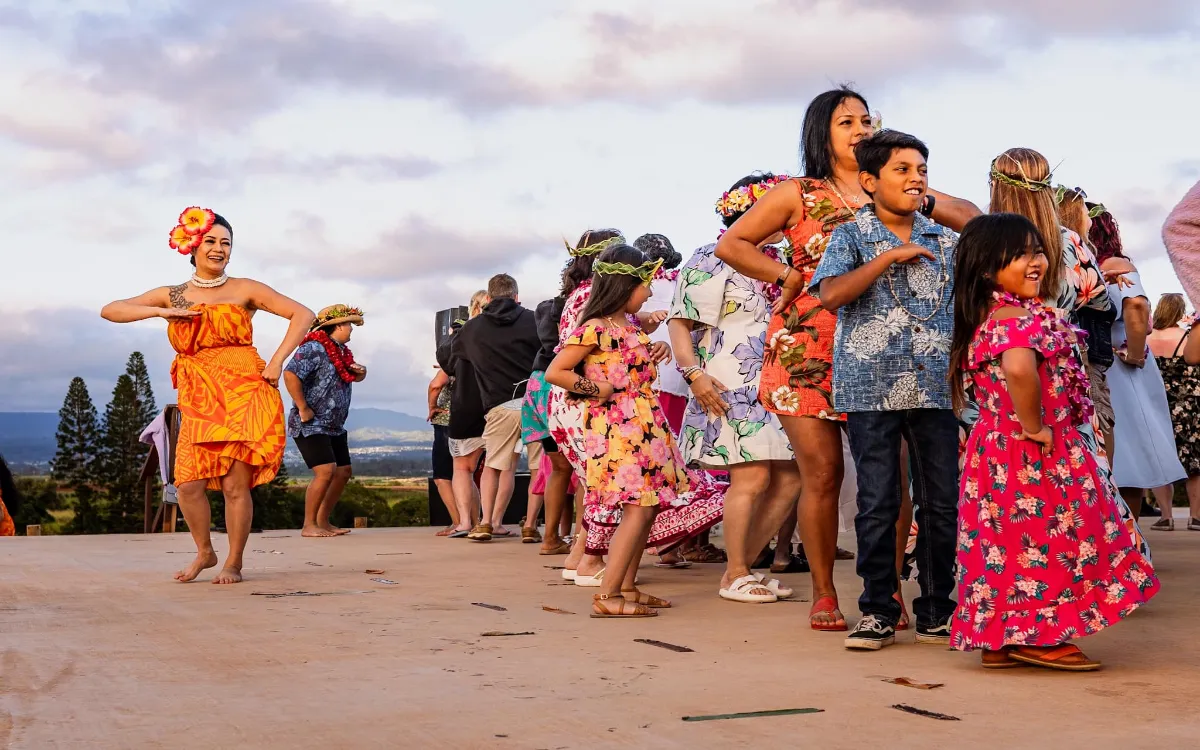Discover Mauka Warriors Luau: hula, warrior dances, fire-knife dance, and a traditional buffet. Experience the best luau show in Oahu you can’t miss!
In the Hawaiian Islands, the Hula dance is one of the traditional dances that embodies the soul of this land. More than just a performing art, Hula is how Hawaiians recount the stories of their ancestors, pass down lessons from nature, and connect the community across generations.
1. The Origins of the Hula Dance
No one can say for certain when the Hula dance first emerged. Hawaiians have many legends surrounding its origin. Some say it was created by the goddess Pele, while others believe the goddess Laka is the true deity of the Hula dance.
In its early days, Hula was a religious ritual performed in heiau (temples) by men who had undergone rigorous training.
Ancient Hula (Hula Kahiko) was accompanied by drums, chants, and oli (chants) that conveyed divine messages, family histories, nature, and even societal events. Traditional Hula was considered a form of body-based knowledge preservation where each hand motion, footstep, and hip movement conveyed information passed down orally through generations. Today, the opening rituals at Mauka Warriors Luau still preserve this spirit. Before each performance, a traditional prayer is held to ask the gods and ancestors for permission to perform Hula as a continuation of sacred culture, not merely for entertainment.
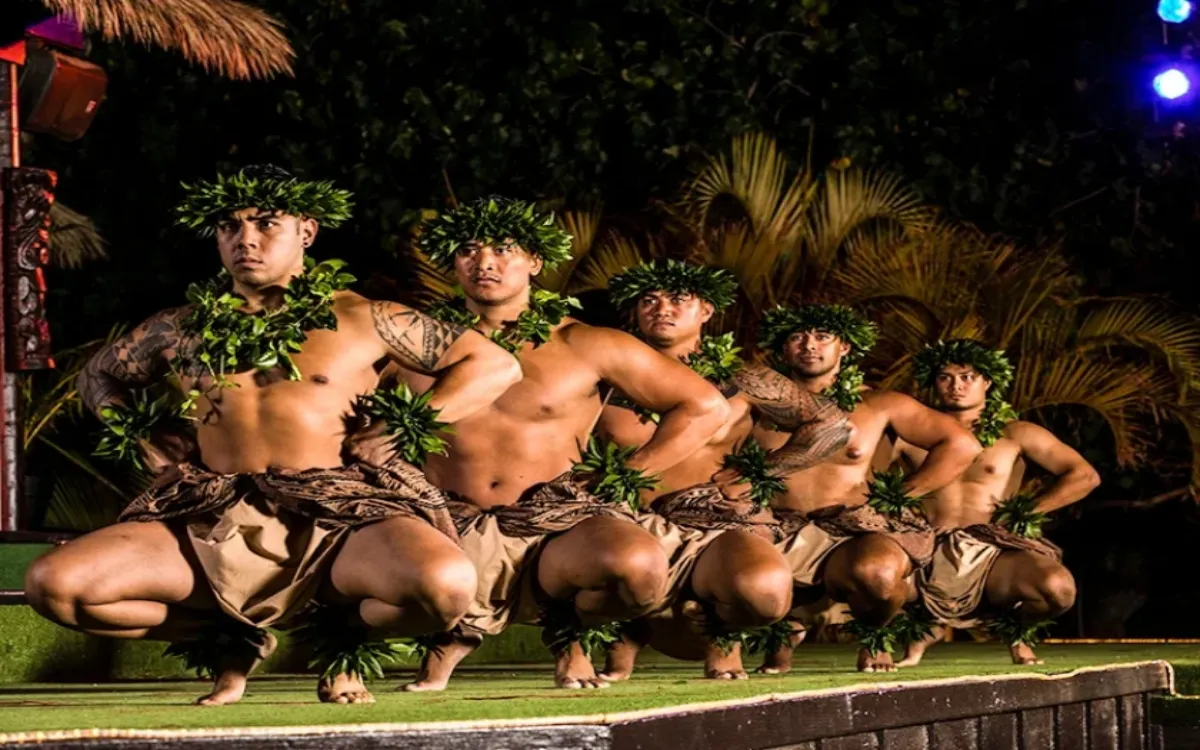
Male Hula dance
The introduction of Western instruments like the guitar and ukulele later led to the formation of Hula Auana, a modern, lighter version of Hula designed for artistic performance and tourism. Although Hula has evolved with the times, it retains its original essence: a storytelling medium through dance, a living archive of the Hawaiian people that no book could ever replace.
2. How Hula Was Once Banned
Throughout Hawaiian history, the Hula dance has faced suppression, censorship, and came close to being erased from native culture. This was the result of colonization and missionary activity from the West. When Christian missionaries arrived in Hawaii in the early 19th century, they deemed Hula to be heretical, provocative, and superstitious. They saw Hula rituals as a form of pagan worship that went against the “civilized” values of Europe.
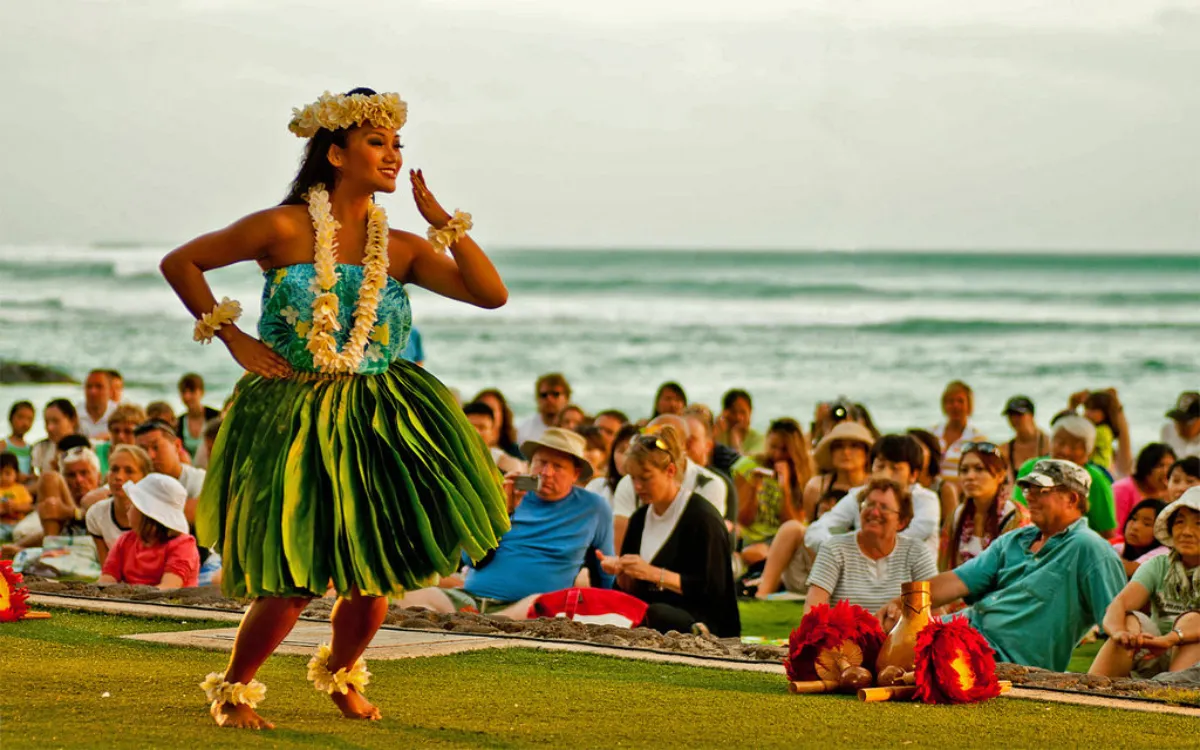
Hula dance was once banned by the West
In 1820, when King Kamehameha II dismantled the old belief system and welcomed Christian influence, missionaries quickly gained control over education and law. Just a few years later, public performances of Hula were banned. Dancers and kumu hula (Hula teachers) were forced to practice in secret, holding traditional ceremonies in forests, mountains, or private homes.
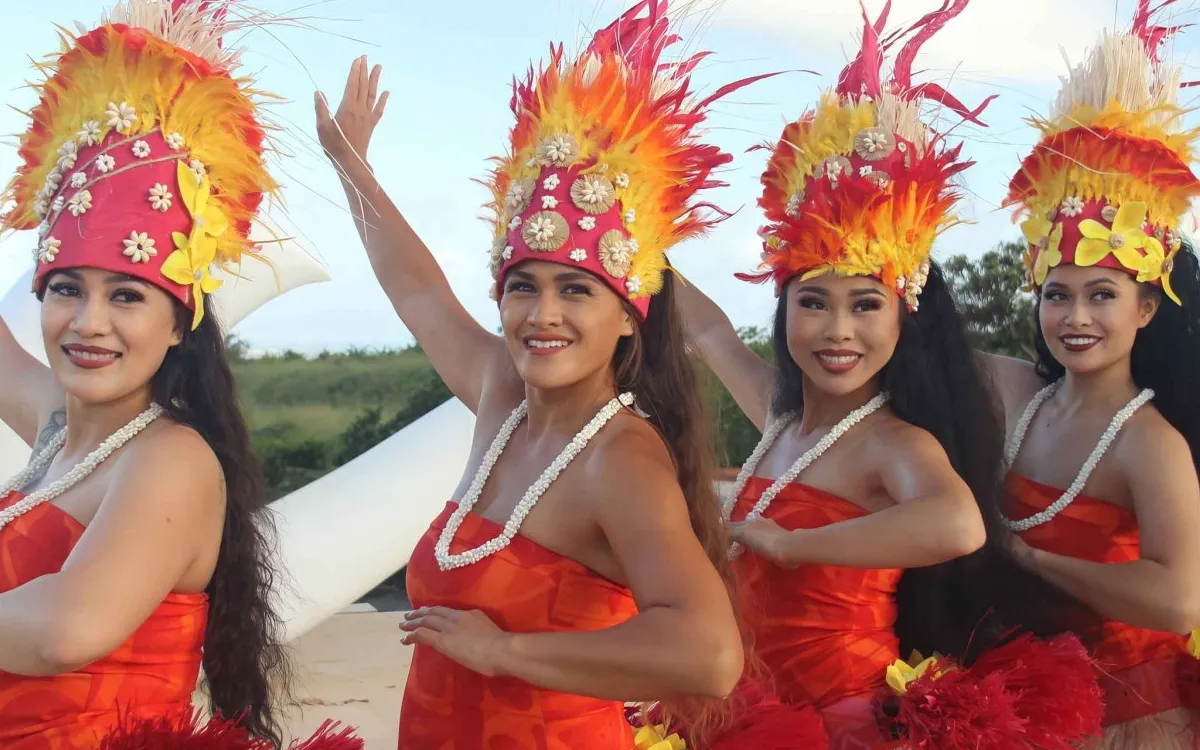
Beautiful Hula Dancers at Mauka Warriors Luau
Although the ban wasn’t permanent, its cultural impact was deeply profound. An entire generation of Hawaiians almost lost their connection to this sacred ancestral art, and Hula struggled to survive as an “underground culture.”
It wasn’t until the late 19th century, under King David Kalākaua, that Hula was revived and made public again. Kalākaua believed: "Hula is the language of the heart, and therefore the heartbeat of the Hawaiian people." That sentence not only saved a dance but reignited a national spirit that had been buried under colonialism and religious imposition.
3. The Sacred Meaning of Hula
In native culture, Hula is the breath of the Hawaiian land and sky, a physical language that conveys life philosophies, beliefs, and reverence for nature. In traditional Hawaiian beliefs, everything possesses a spirit: from mountains and oceans to plants, rocks, and stones. Hula is the way humans communicate with spirits, gods, and ancestors.
This dance can tell of wars, mythology, family genealogies, agricultural cycles or simply praise the wind, sea, and mother earth (‘āina). In Hula, the hands speak, the eyes express emotion, and the body becomes an instrument that transmits sound from the earth to the heavens.
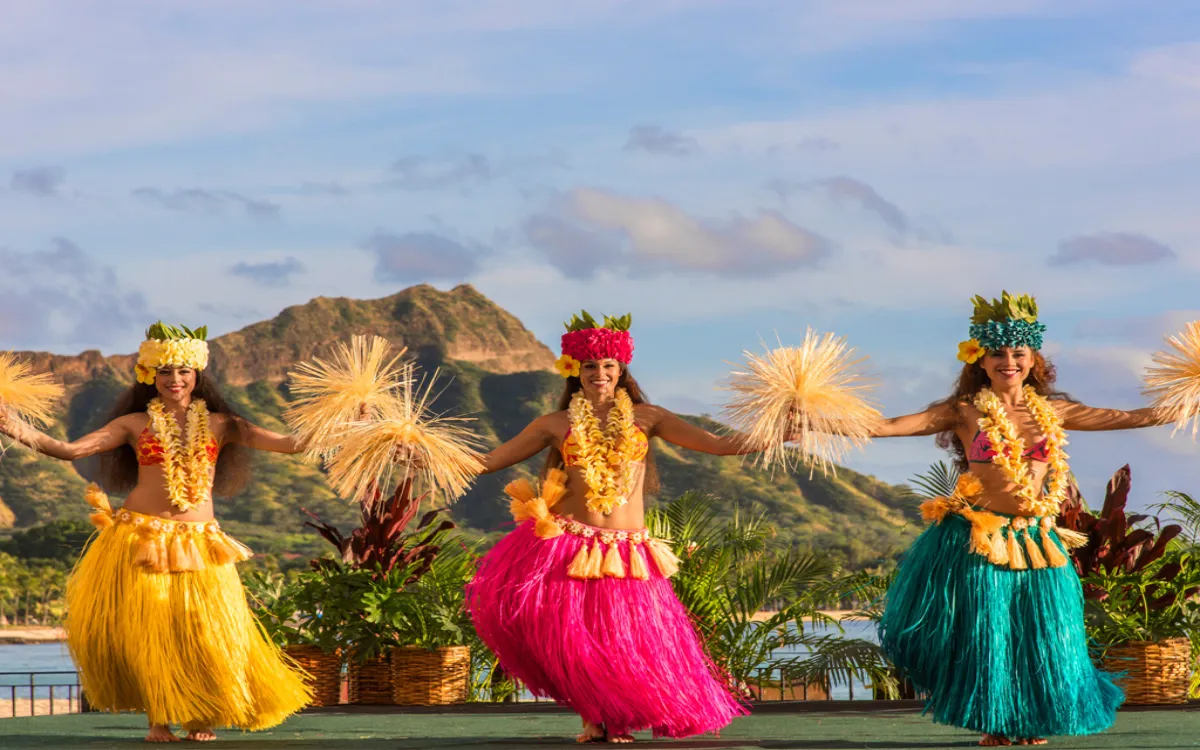
Today the Hula dance is widely known as a Hawaiian specialty
Hula is not just symbolic, it is a non-verbal educational tool where Hawaiian children learn history, ethics, and spiritual connection through each movement. The enduring existence of Hula proves that, through centuries of change, Hawaiians have preserved the breath of their identity through the drumbeats, chants, and every grounded step upon sacred land.
4. Hula – A Symbol Connecting Hawaiian Generations
In a rapidly globalizing world, Hula is the spiritual thread linking generations of Hawaiians from ancient ancestors to children growing up in modern environments. Though the times may change and technology advances, native communities continue to pass down Hula like a family rite where memory, reverence, and identity come alive through every motion.
Modern-day Hula schools (Hālau Hula) are spaces for nurturing moral values, community spirit, and gratitude for the ancestors. There, Hawaiian children learn to make lei garlands, prepare nature-based costumes, listen to ancient chants and most importantly, understand why their ancestors fought to preserve these values. Hula, therefore, is not just art but a silent cultural transmission flowing from one generation to the next.
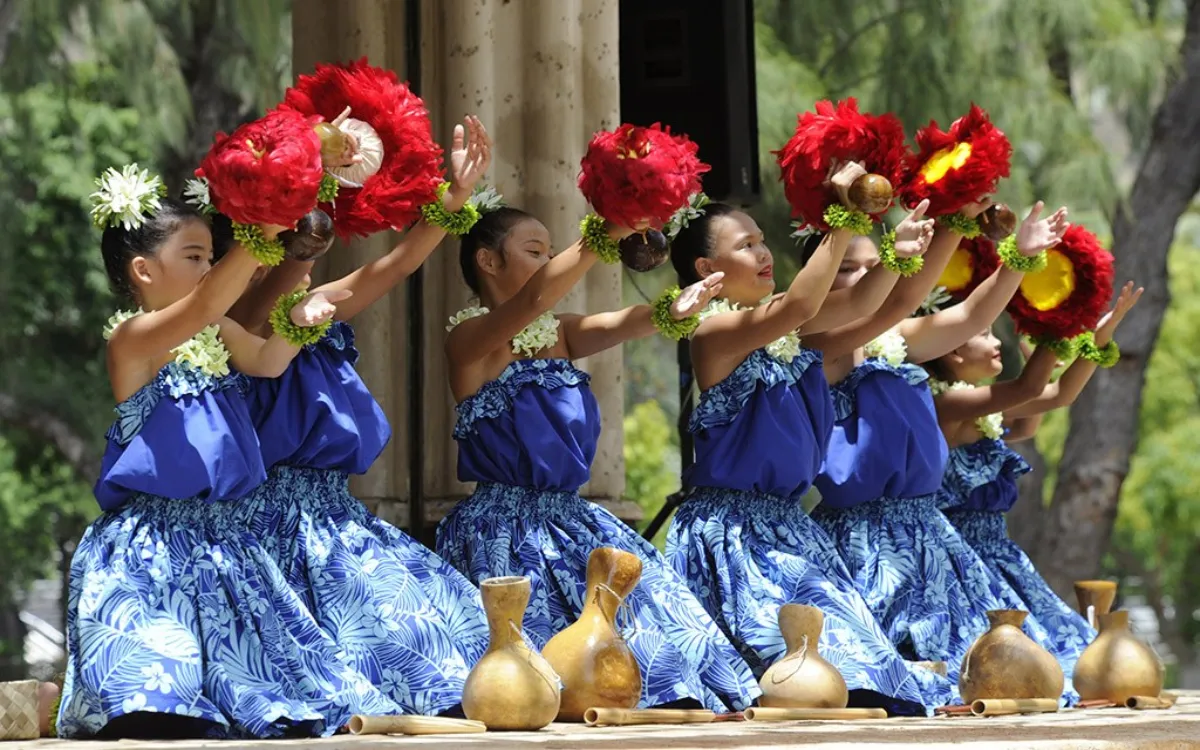
Even children in Hawaii master the Hula dance
If there’s one place where you can fully experience that spirit, it’s at Mauka Warriors Luau. So, if you ever have the chance to set foot in Hawaii, don’t just go for the beaches or the sunshine. Be sure to witness a traditional Hula performance a full expression of identity at Mauka Warriors Luau!
